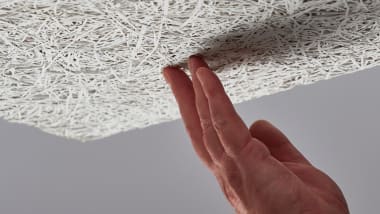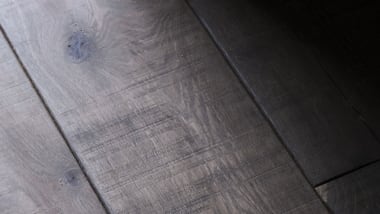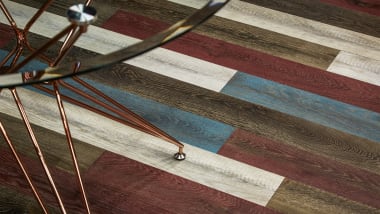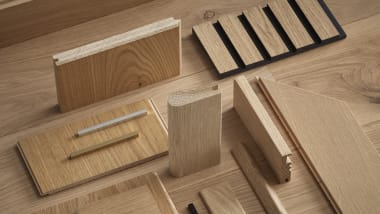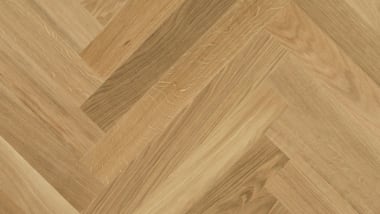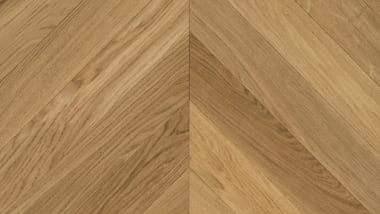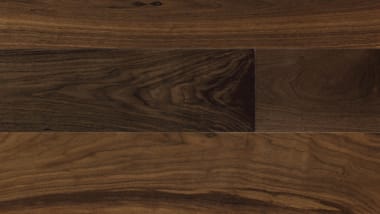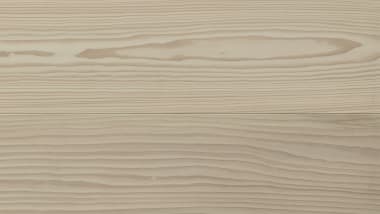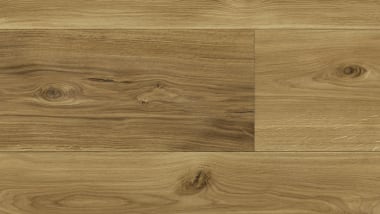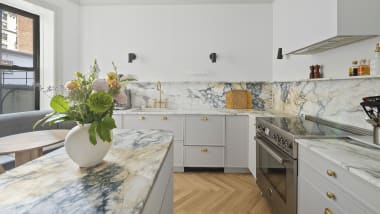A Guide to Durable and Stylish Bathroom Wood Flooring
4 Aug 2025
Wood flooring has long been a favorite in living rooms, kitchens, and hallways. But the idea of installing bathroom wood flooring often sparks hesitation. Is it really a smart choice for such a moisture-prone space? The answer is yes. With the right type of wood and thoughtful installation, wood flooring can transform your bathroom into a warm, spa-like environment without sacrificing performance.
In this comprehensive guide, we’ll walk you through why bathroom wood flooring is gaining popularity, how to choose the right style and finish, and what it takes to maintain its beauty and integrity over time.
Why Choose Wood Flooring for Bathrooms?
One of the main appeals of wood flooring in the bathroom is the comfort it brings. Unlike tile or stone, which can feel cold underfoot, wood retains warmth, offering a softer and cozier surface to step onto. This is especially appreciated during early mornings or colder months. When paired with radiant underfloor heating, it creates an inviting environment that tile often cannot match.
Aesthetically, wood adds character and continuity to a home’s overall design. Bathrooms can often feel sterile or overly utilitarian, but incorporating wood flooring introduces organic texture and visual depth. Whether you’re going for rustic charm, Scandinavian simplicity, coastal elegance, or something ultra-modern, wood adapts to a wide variety of styles and color palettes.
What makes modern wood flooring suitable for bathrooms is its engineered construction. Unlike solid wood, engineered wood consists of multiple layers that enhance dimensional stability. These layers minimize the expansion and contraction caused by fluctuating humidity and temperature levels, which are common in bathrooms. This construction makes engineered wood a reliable and long-term option, even in moisture-prone environments.
Selecting the Right Wood Flooring for Bathrooms
Choosing the right kind of wood flooring for your bathroom begins with understanding what will hold up best under the conditions unique to the space. Engineered wood should be your go-to option over solid wood. Engineered flooring is specifically designed to handle fluctuations in humidity, which makes it far less likely to warp or buckle with exposure to water vapor and daily use.
Finishes also play a crucial role. A UV oiled or matt lacquered finish will provide a protective barrier against splashes and spills while maintaining the natural look and texture of the wood. These finishes offer a balance of beauty and resilience, with UV oils enhancing grain definition and matt lacquers adding a subtle sheen without gloss.
Another consideration is the board width and pattern. While wide planks are favored for their contemporary look, narrower boards or patterned installations such as herringbone offer a more practical benefit in bathrooms. These tighter seams and smaller planks help reduce the risk of moisture seeping through the floor, offering better long-term performance.
How to Style Your Bathroom with Wood Flooring
The design possibilities with bathroom wood flooring are vast. If you gravitate toward Scandinavian interiors, opt for pale woods with subtle grains to complement light-toned walls, minimalist cabinetry, and soft neutrals. This combination creates an airy and tranquil retreat perfect for relaxation.
For a more rustic approach, consider warm honey or golden oak tones. These shades infuse the space with natural charm and can work beautifully alongside natural stone sinks, bronze hardware, or exposed beams. They are ideal for those who want a cozy and lived-in feel.
In more contemporary settings, light platinum or desaturated finishes pair wonderfully with dark vanities and clean-lined fixtures. This combination gives your bathroom a refined and gallery-like atmosphere with a sense of luxury that still feels approachable.

Best Practices for Installation in Bathrooms
Proper installation is essential to getting the best results from your bathroom wood flooring. While engineered wood can withstand moisture better than solid wood, it still needs to be installed with care to prevent any long-term damage.
Working with a professional installer is highly recommended. An expert will ensure your floor is laid with precise spacing, proper adhesives, and adequate subfloor preparation. This professional touch makes a significant difference in the longevity of your flooring.
It is important to allow for expansion gaps along the perimeter of the room. Even the most stable engineered flooring needs a little room to move naturally. These small gaps, usually hidden under baseboards or molding, prevent buckling during seasonal humidity changes.
Sealing the edges of the floor, particularly around tubs, toilets, and vanities, is also vital. A waterproof sealant can help ensure that any water splashes or leaks do not seep beneath the surface. This protects your subfloor and reduces the risk of mold or mildew.
Caring for Wood Floors in the Bathroom
Maintenance is straightforward when you’re proactive. The key is to keep the surface dry and clean. Always wipe up water spills immediately rather than letting them sit. Though engineered wood is designed to tolerate some moisture, standing water still poses a risk over time.
For daily or weekly cleaning, use a microfiber mop and a cleaner that’s specifically formulated for wood flooring. Avoid abrasive tools or harsh chemicals, which can strip the finish and damage the wood’s surface.
Bathrooms often experience fluctuating humidity, so investing in a proper exhaust fan is important. Ventilation is your first line of defense against condensation and humidity buildup. In high-humidity climates, a small dehumidifier can also help regulate the moisture in the air and further protect your flooring.

Flooring Options Ideal for Bathrooms
When browsing for suitable flooring, focus on engineered wood products with moisture-resistant features. Matt lacquered finishes offer a clean and modern aesthetic with excellent durability. UV oiled finishes enhance the natural grain and provide strong resistance to wear and tear.
Blonde-toned engineered planks bring brightness and light reflection into the room. This is especially beneficial in small or windowless bathrooms. For something more striking, whitewashed styles introduce a cool and modern look that contrasts beautifully with darker cabinetry or industrial fixtures. Honey-toned woods are perfect for traditional or transitional bathrooms where you want to emphasize comfort and a welcoming vibe. Herringbone patterns are another elegant choice for those who want to create visual interest and movement underfoot without overwhelming the space.
Debunking Common Myths
One of the most persistent myths is that wood flooring will rot in a bathroom. In reality, today’s engineered wood flooring is built to handle controlled humidity and moderate moisture. When properly installed and maintained, it performs beautifully in bathrooms.
Another misconception is that tile is the only suitable flooring for wet areas. While tile is undoubtedly water-resistant, it can feel cold and uninviting. Wood brings warmth and texture, creating a more spa-like atmosphere without compromising functionality.
Some homeowners worry that wood flooring will not last in a bathroom. In truth, high-quality engineered flooring, especially those with protective finishes, can last for decades with the right care. And if refinishing is ever needed, most engineered options can be sanded and restored once or even twice during their lifespan.
Is Bathroom Wood Flooring Right for You?
If you’re looking to elevate your bathroom beyond the typical tile and stone surfaces, wood flooring offers a luxurious yet practical alternative. The key lies in choosing the right product, ensuring proper installation, and committing to light but regular maintenance.
Bathroom wood flooring allows you to introduce comfort, cohesion, and design sophistication into an area often overlooked. Whether you're doing a full renovation or simply updating finishes, the impact of natural wood underfoot cannot be overstated. With options that blend resilience and beauty, you’ll no longer have to compromise between function and aesthetic in your bathroom design.



